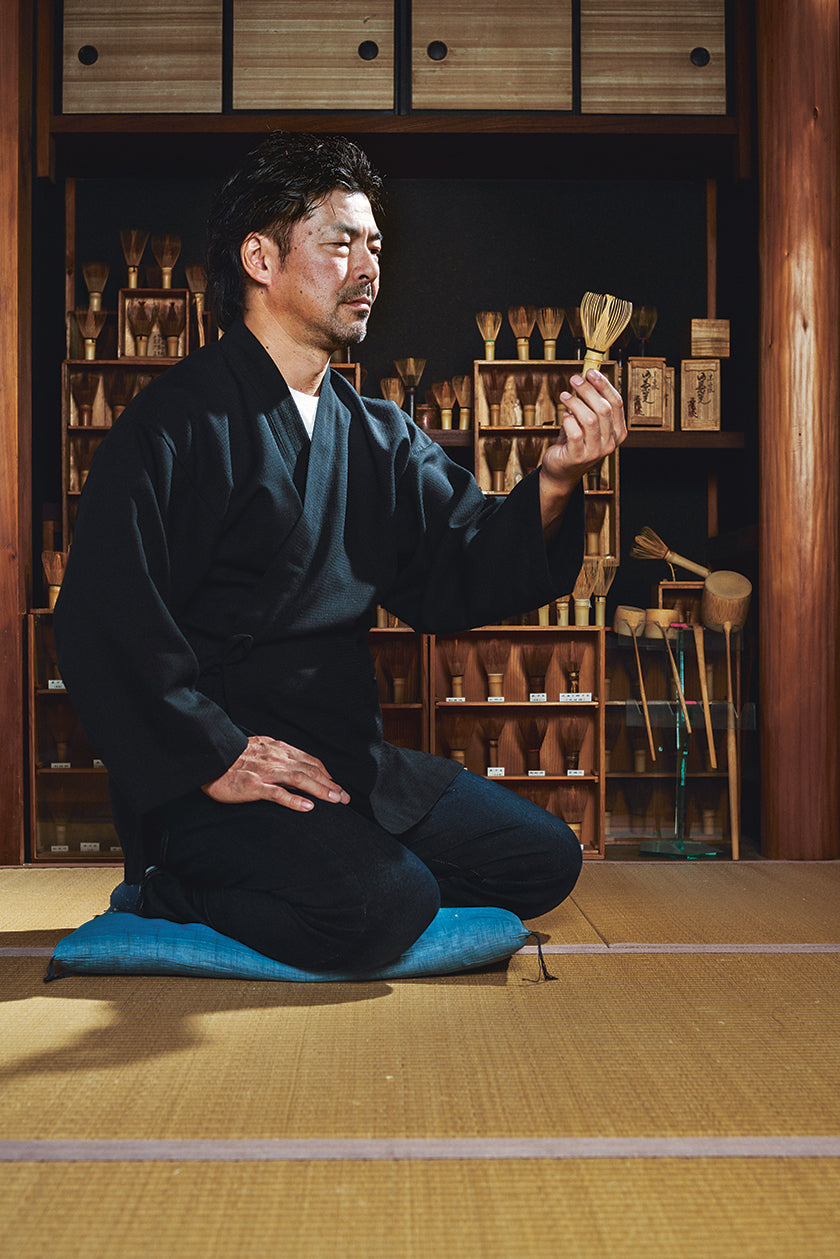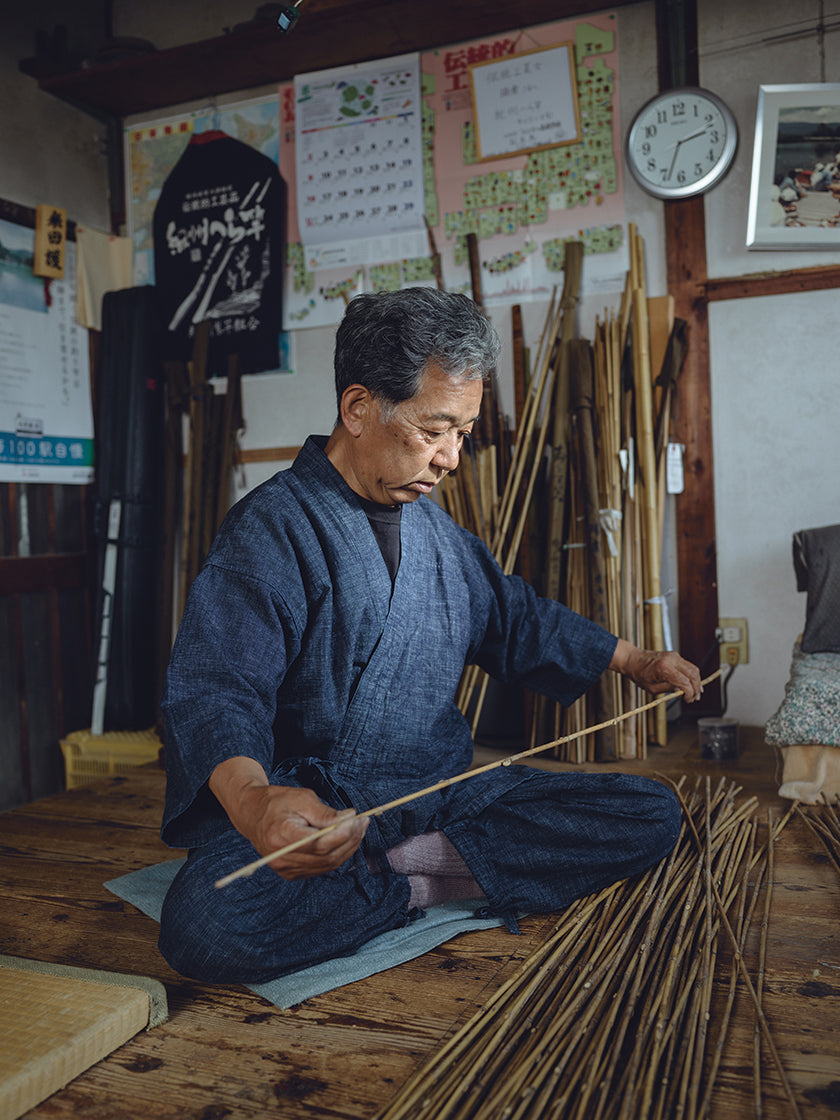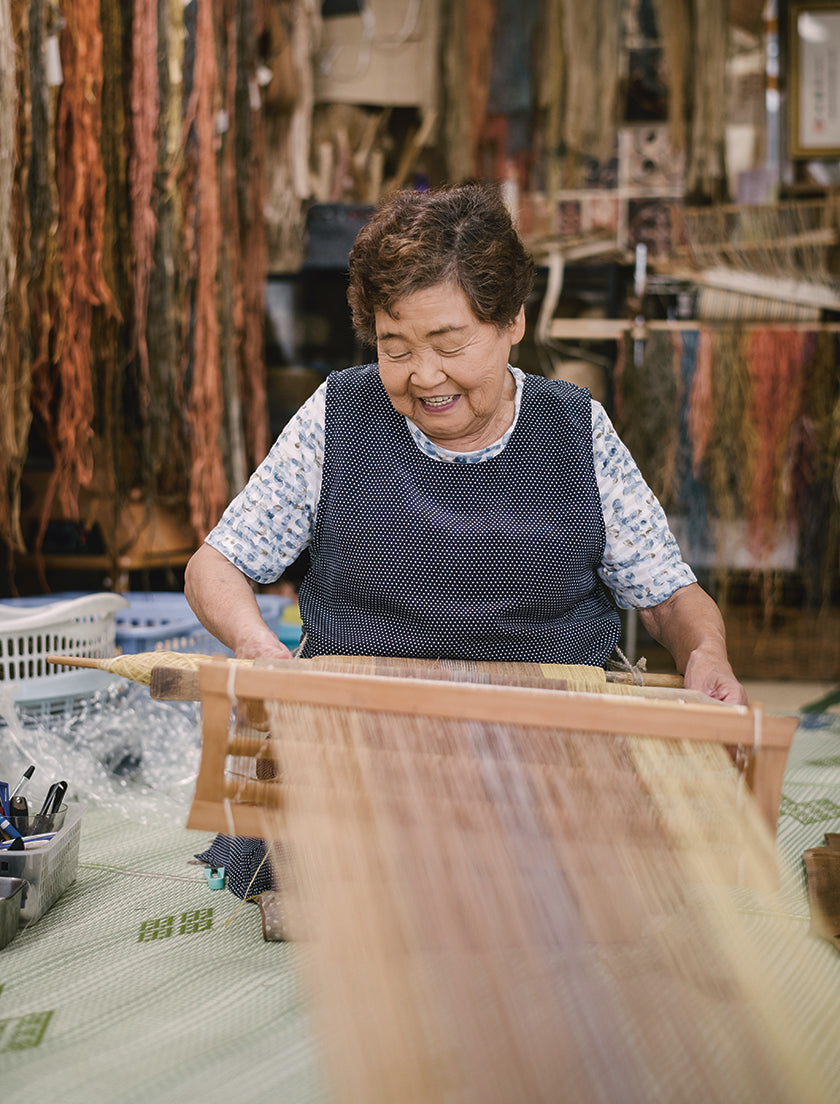Your Cart is Empty
When you buy a book, we plant a tree
An introduction to the individual documenting the masters of Japanese craftsmanship that continue to preserve traditions over a Millennium old

The world has never been so amplified with a lust to obtain as much information, collectibles, and fashion as it does today. Technology and manufacturing that stretches to every end of Earth have created a modern consumer network that feeds on trends and changing attitudes. Resisting calls from the mainstream, a group of Japanese artisans seek to pursue perfection in the art of traditional crafts.
From woven barkcloth craftsmen in the northern island of Hokkaido to longbows specialists on Kyushu-the southern reach of this slender collection of masses on the Pacific-Japan has a rich heritage of handicrafts. These laborers are a testament to the country’s culture of care toward institutions and craft. Japanese design and its timeless aesthetic have a longstanding appeal on the world stage, but care alone cannot sustain the tradition of these handicraft artisans.

A connected world has complicated the markets of these century-old artisans, while their charming allure remains, their positioning has been damaged in the sweeping whirlwind of globalization. Today a growing number of sustainability-minded individuals are enticed by their sheer dedication to a craft, peddling them to new prosperities and markets.
Shrouded in snowy mountains exists a papermaker for Yayoi Kusama. The last remaining bespoke slipper maker in the country is masked under the skyscrapers of Tokyo’s metropolis concentration. Through Handmade in Japan, writer and photographer Irwin Wong reveals the mastery and dexterity of the individuals keeping traditional Japanese craft alive.
To coincide with the release, Wong takes us into the studios, workshops, and swordsmith home that collectively make up the book. Years in the making, he discusses his publishing route and why he turned his lens of these artisans.

Can you tell us how the idea for Handmade in Japan came about and why you thought this was a relevant moment and message that needed capturing?
I originally started photographing these artisans because I loved seeing their workshops and what their processes were. After a while, I had a great collection of images that I felt needed a home, so I decided to see if anyone was interested in publishing a book about them. My desire to photograph them came from a sense of urgency that they were disappearing from society, however, the more I researched and discovered about handicrafts in Japan, the more I realized there were more artisans than I could ever photograph. That is not to say that some crafts are not in grave danger of disappearing—there are a lot of crafts with very few practitioners left. This book is meant to be a celebration and a record of all of the artisans who have kept their crafts alive until now, come what may.
In the preface of the book the craftspeople of Japan are introduced and their variety explained, but with these artisan communities up and down the length of Japan, how does one hear about these often niche individuals and get a window into their world’s?
In some cases, artisans can be easy to find because they have a website or interviews online. In this case, I would email or call them directly to set up a shoot with them. In many other cases, these craftspeople have no online presence and it is difficult to access them without an introduction from people in the right places. Sometimes a local tourism board helped with connecting me to rare artisans, in other cases, NPOs with interests in protecting crafts have been helpful in setting me up with interviews.

What does Handmade in Japan mean and symbolize to you?
The artisans that I have met in the process of making this book have without exception been generous with their knowledge, eager to share, and happy to let me into their workshops. They are all absolute masters at their craft, and yet they are all humble and hardworking - chasing after an elusive perfection they have yet to grasp. To me, this represents one of the best parts of being human - always trying to be better.
Many of the artists, such as paper umbrellas and bespoke slipper makers, have had close encounters with extinction. Do you believe globalization and modern technology will continue to make life harder for many artisans or are we rediscovering an age that puts more emphasis on crafts as our lives become interestingly faster or digital?
In some cases crafts will go extinct, it is the unfortunate way of the world. However, I feel that in some parts of the world there is a fatigue setting in towards mass-produced, cheap or disposable items. Whether it be because of an aversion to the exploitation of humans inherent in mass-production, a worry about the environmental impact, or a lack of joy in owning something a million other people own, people are starting to get turned off the idea of constant consumerism, I believe. This kind of trend is a good sign for traditional, handmade crafts with a low environmental impact and personalized care put into every object.

What lessons or messages, if any, do these artisans teach the people of Japan or the world?
I think an important takeaway from watching these artisans work is learning that achieving mastery is a never-ending process, and that’s ok.
What lies ahead for the future of Japan’s master artisans?
I am optimistic about the future of Japan’s traditional crafts - as a country, Japan seems to do a good job of safeguarding its cultural heritage. Also, there seems to be a trend of young people becoming disillusioned about the more socially accepted course of going to university and getting a high salary, high-stress job in a big city, and are getting back in touch with making things with their hands. I think we can expect to see some brilliantly designed and crafted items from Japan becoming popular in the coming years.
Unparalleled artisans on the pursuit of perfection and tradition, learn more about Handmade in Japan. Available in German and English.